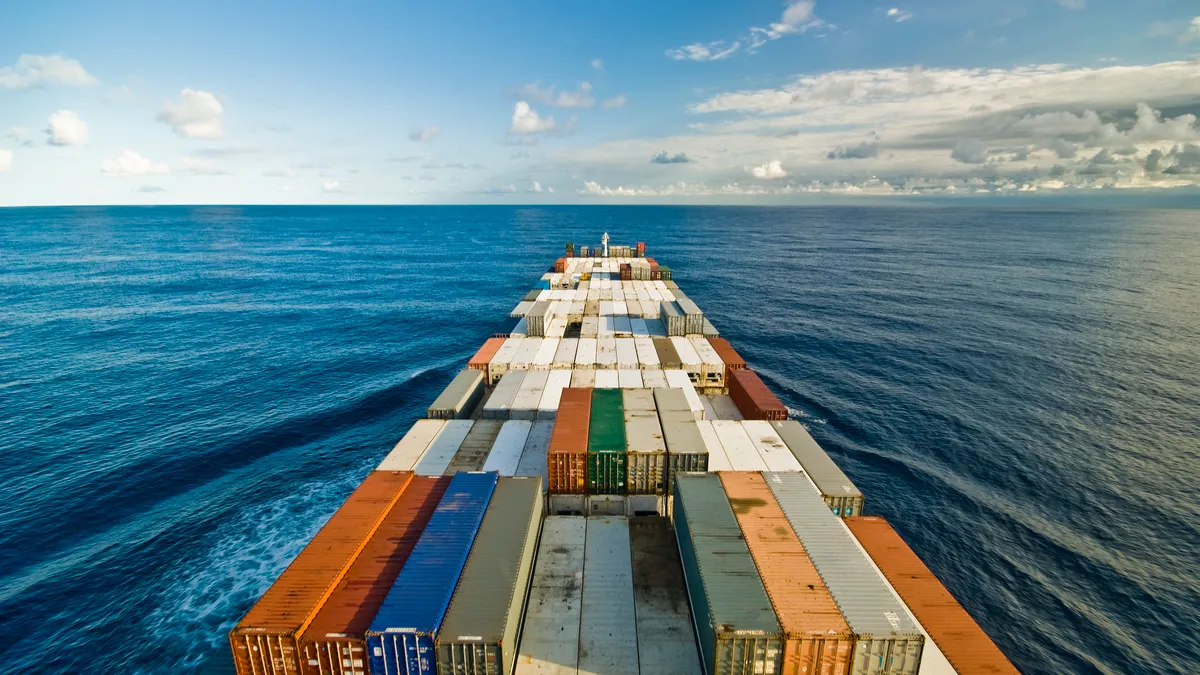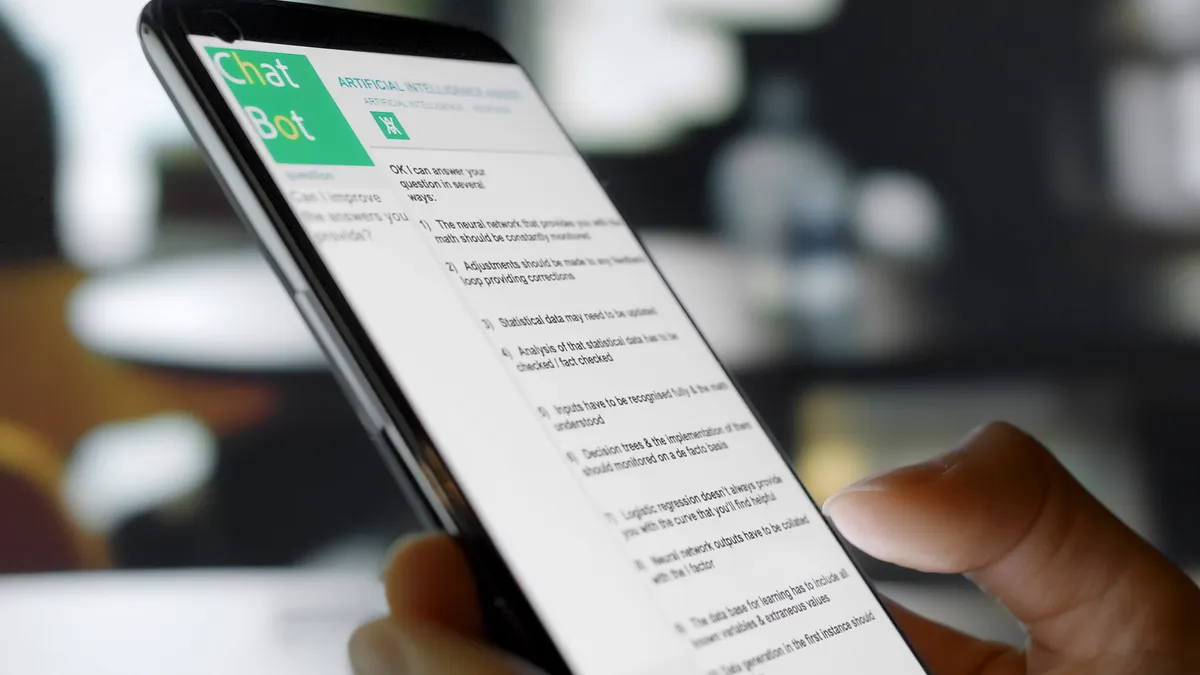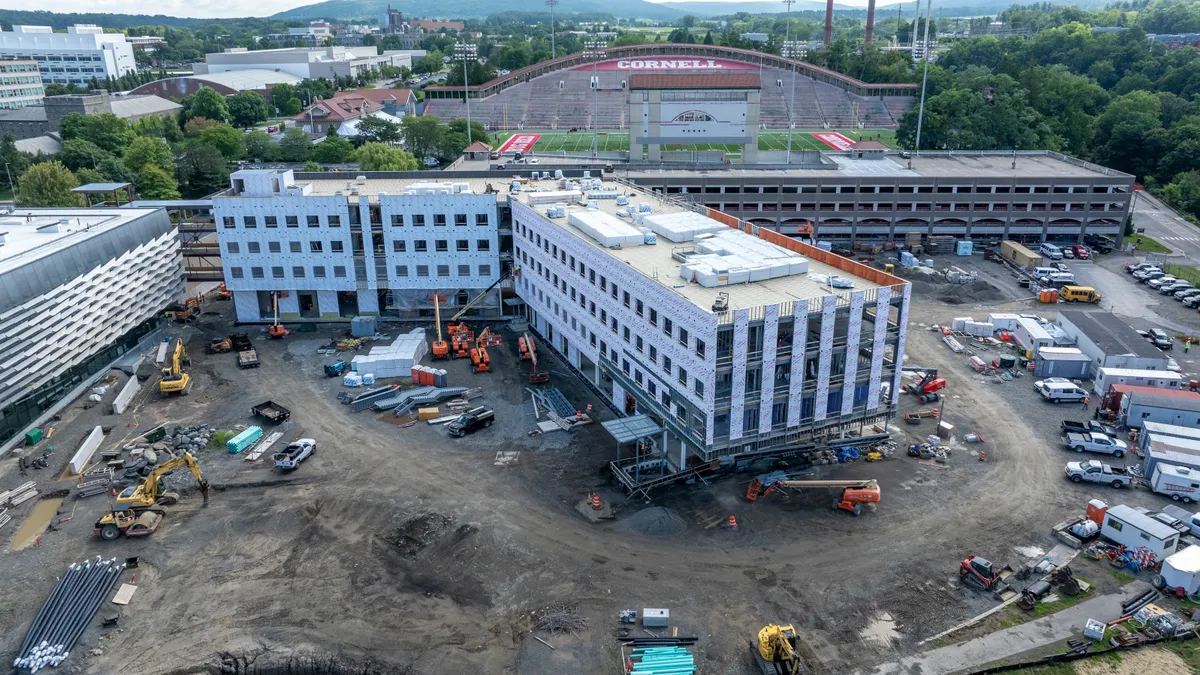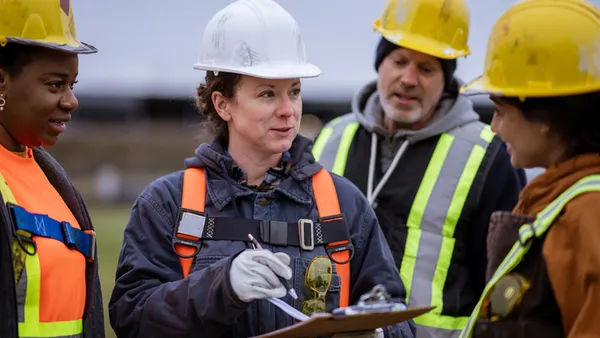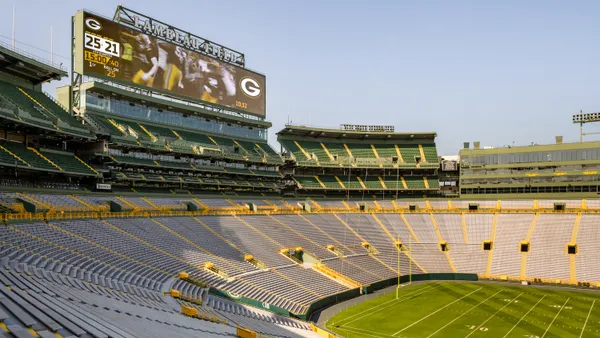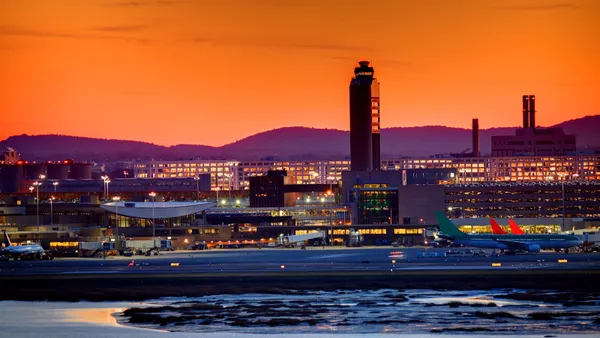Dive Brief:
-
Kiewit Construction, as the lowest bidder, won a $163.5 million contract to build the first phase of a new Honolulu Harbor container terminal, according to the Pacific Business News.
-
The entire Kapalama Container Terminal project will cost $448 million. It is part of the Hawaii Department of Transportation's $850 million Harbors Modernization Plan.
-
Construction is slated to begin in December. When complete, the project's 84-acre container yard and 1,800 linear feet of berth space will double the port's capacity, KHON reported.
Dive Insight:
U.S. ports represent 26% of U.S. economic activity, and they move 99% of the nation's overseas trade, according to the American Society of Civil Engineers. Therefore, it's essential that port facilities keep pace with the use of bigger ships and maximize the number of containers they are able to process. Even amid overhauls to add automation and expand capacity, however, most ports must remain in operation through construction. That can create logistical challenges for contractors.
Schedule delays, for instance, can bust the budget. Daniel Maxwell, project executive for Johnson Controls, which is installing LED lighting at Hawaiian ports as part of the modernization effort, told Construction Dive in August that the company once had to pay $21,000 in standby fees and increased payroll costs because one of its crews had to stop construction for three days to accommodate the port's shipping schedule.
HDOT expects to save $2.5 million a year in port energy costs once the LED project is complete.
The Port of Charleston, in South Carolina, is also revamping its port facilities, in this case with a $762 million new terminal as the centerpiece. AECOM had completed 20% of the terminal's design as of August. In the meantime, the South Carolina Ports Authority (SCPA) will order five post-Panamax cranes from China. The cranes have a two-year lead time and should be delivered by the time the new Leatherman Terminal is operational, in 2020. The SCPA will also oversee the dredging of the port's shipping channels in Charleston Harbor to a depth of 52 feet.
The changes come as shipping companies respond to the downturn in the shipping industry driven by a decline in Chinese exports by using fewer, larger ships. Last year, a new shipping lane in the Panama Canal opened to accommodate these larger ships.
Many ports were already able to handle the ships, but the ships weren't able to come into port fully loaded because of existing depth and berth height limitations. The new Panama Canal lane project is expected to increase activity at ports in the Eastern U.S. by 10% through 2020, encouraging investments such as the SCPA's.


